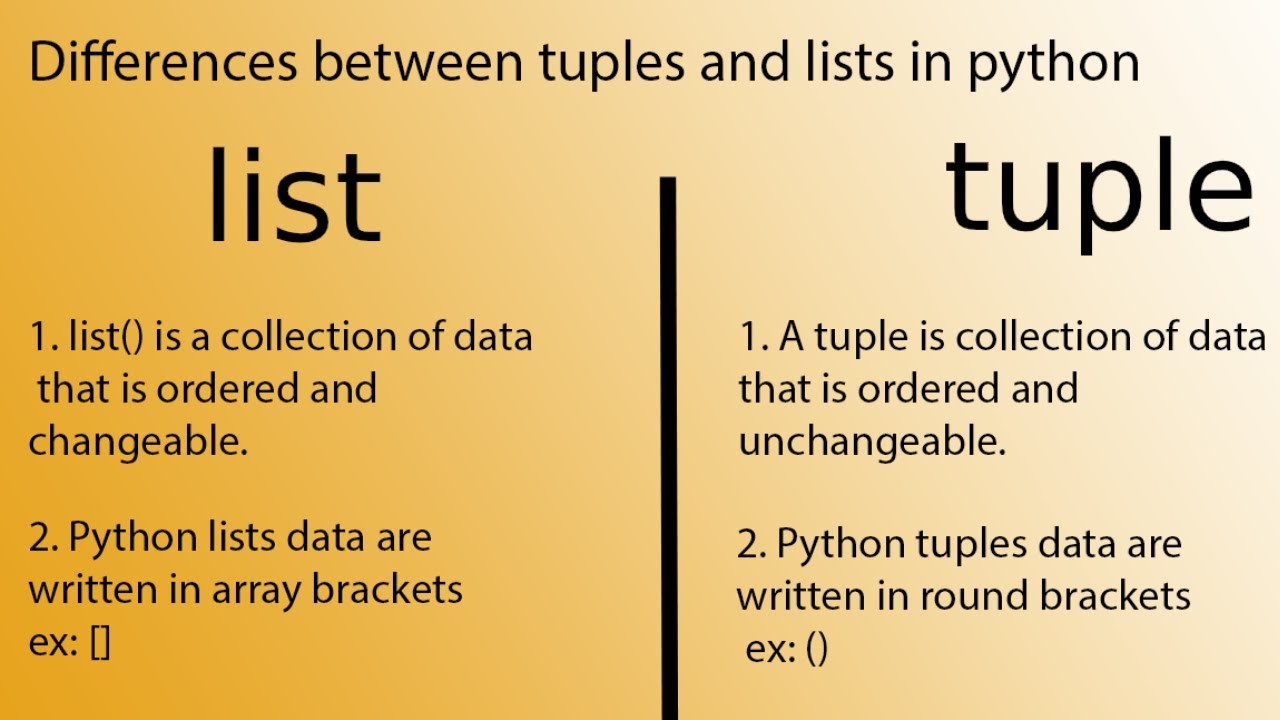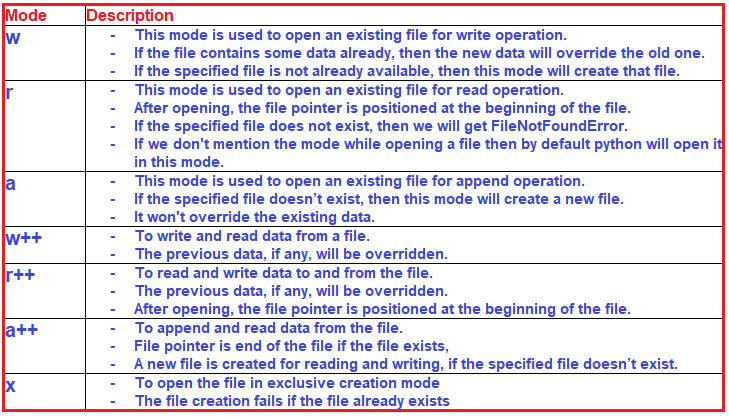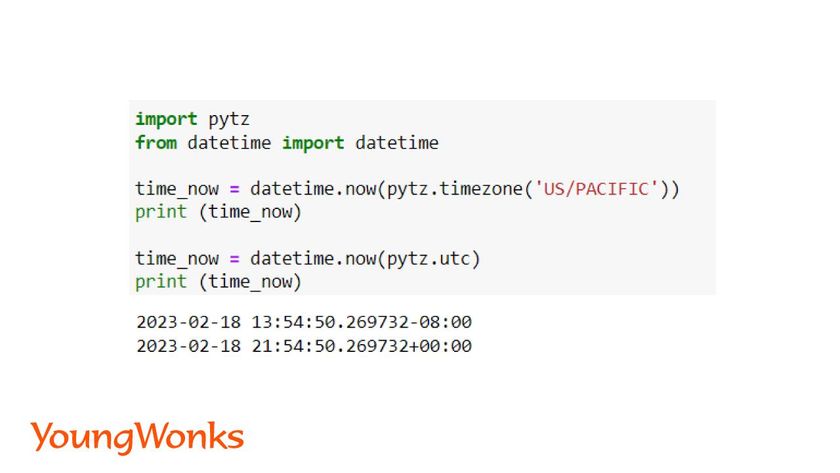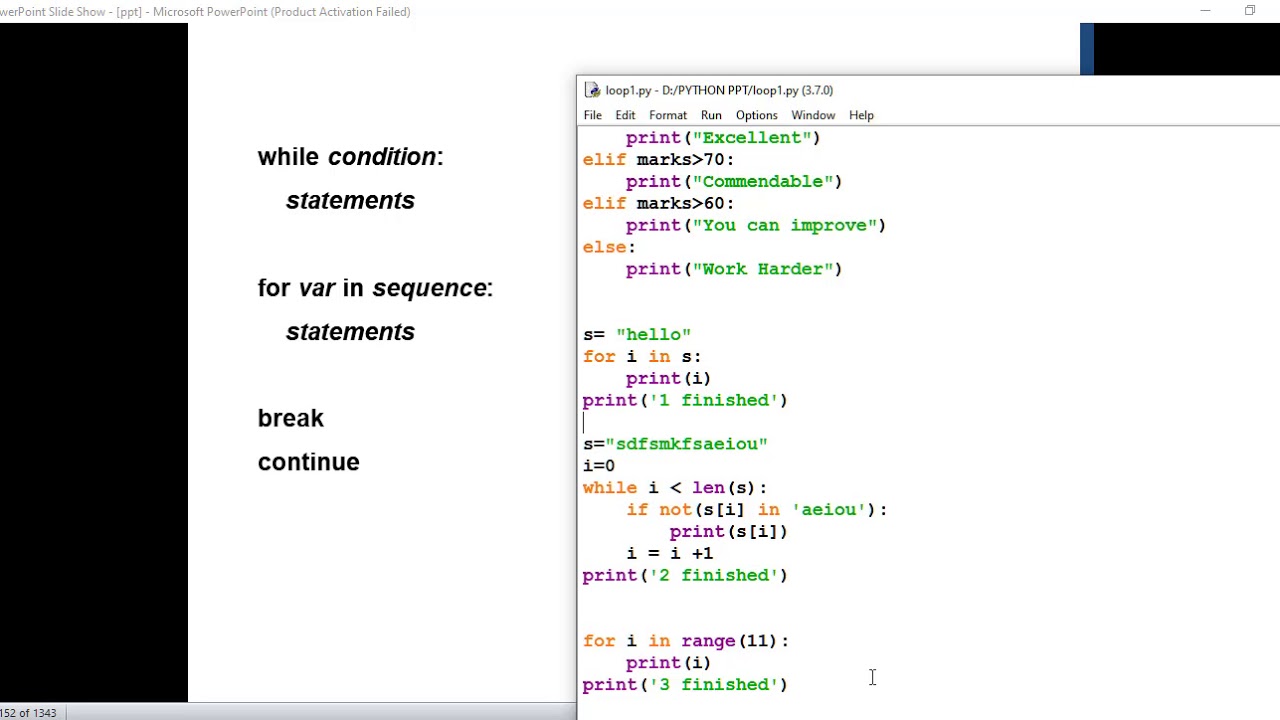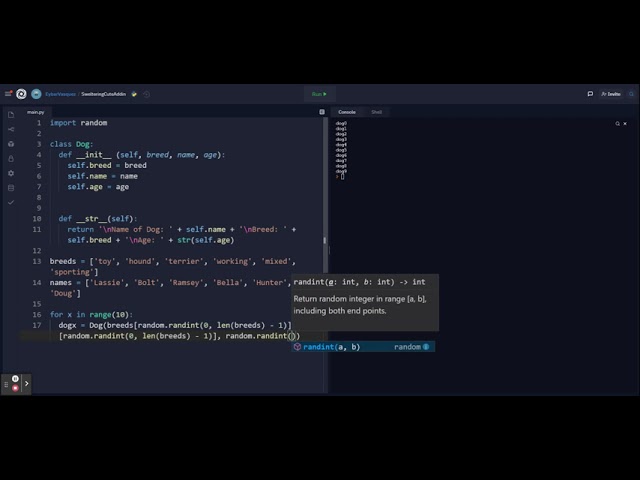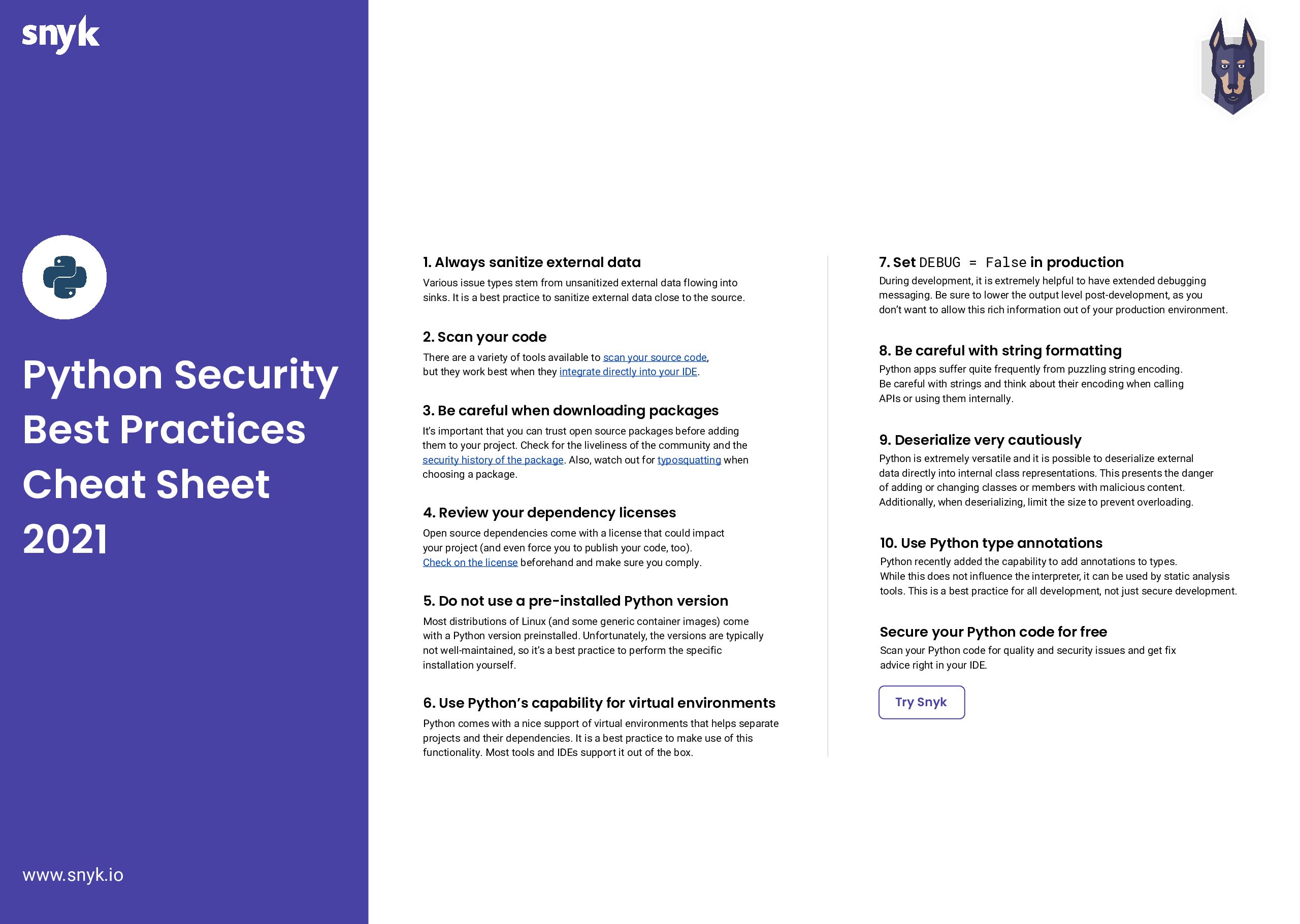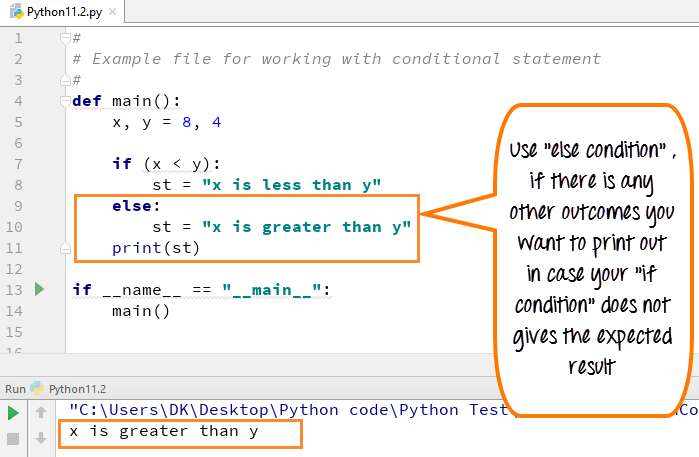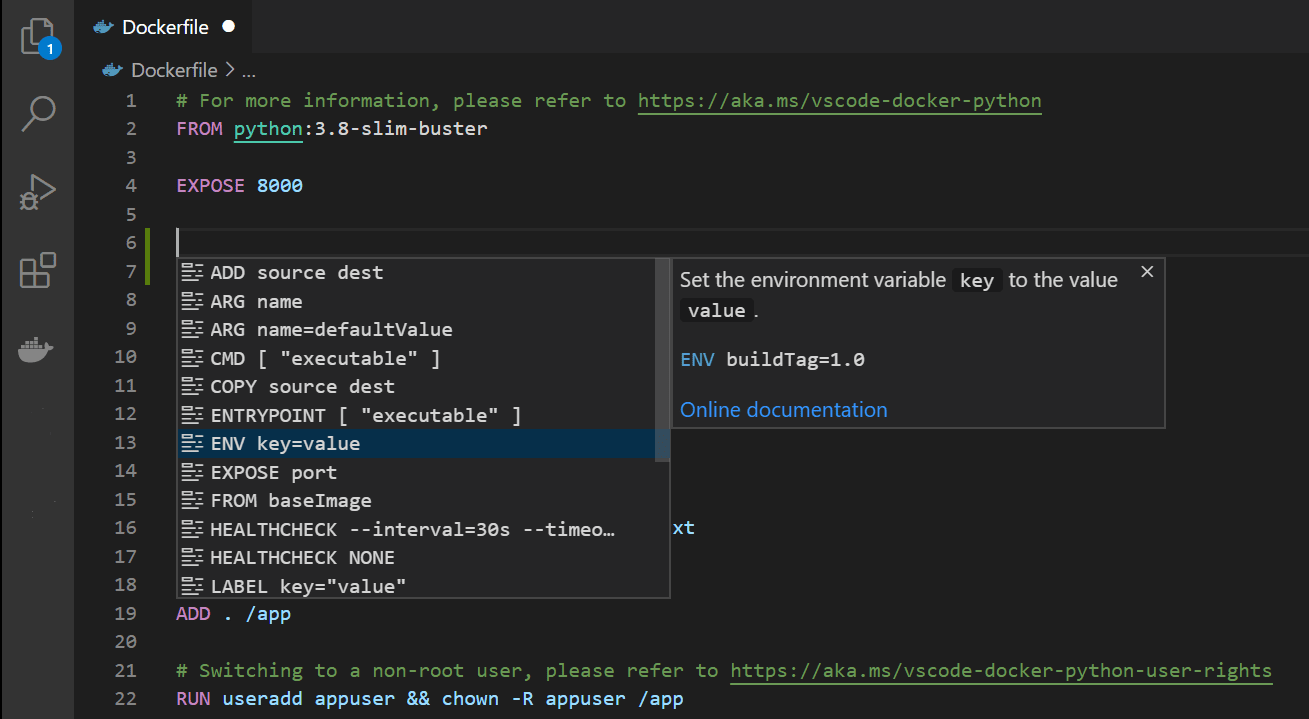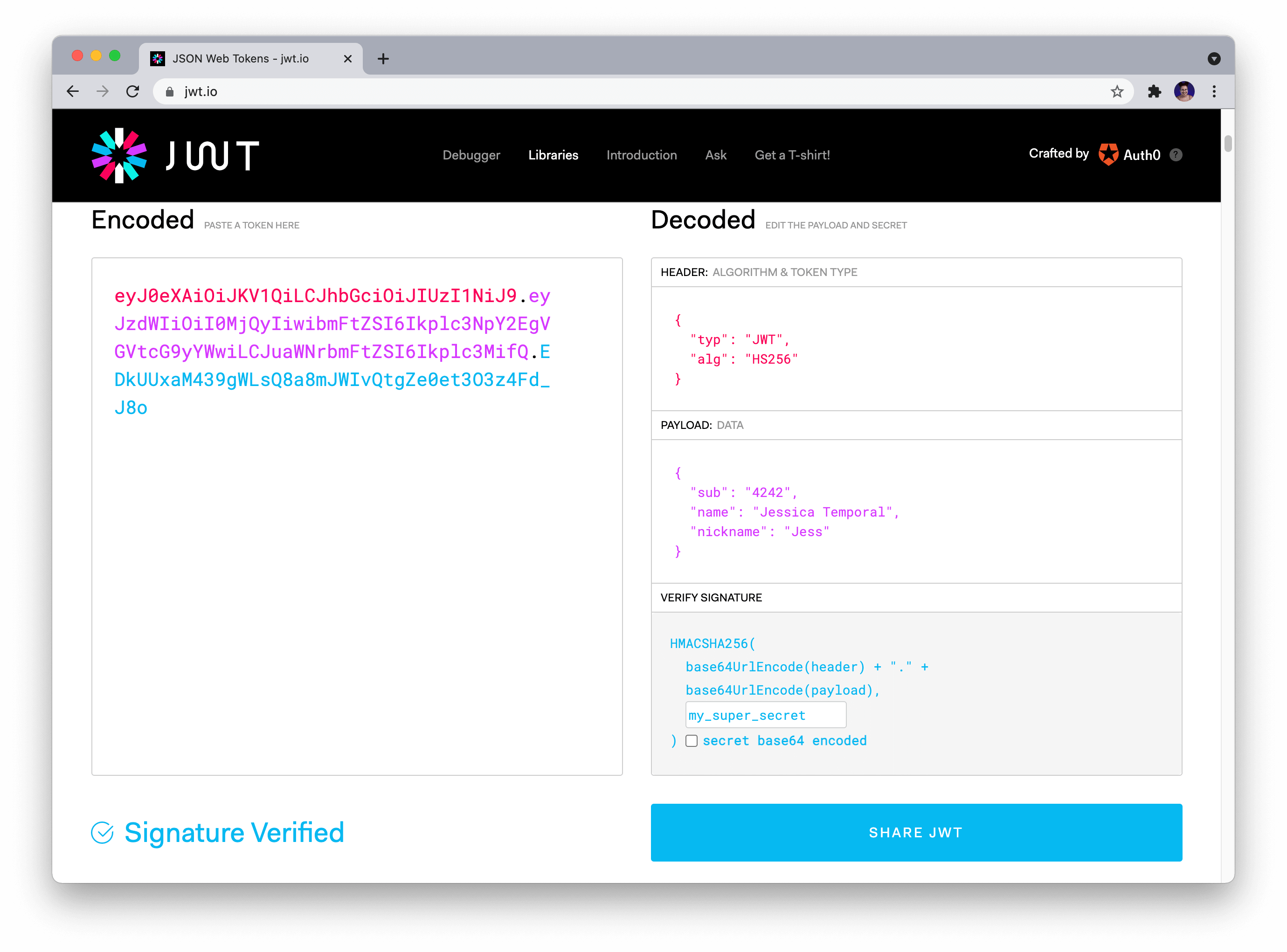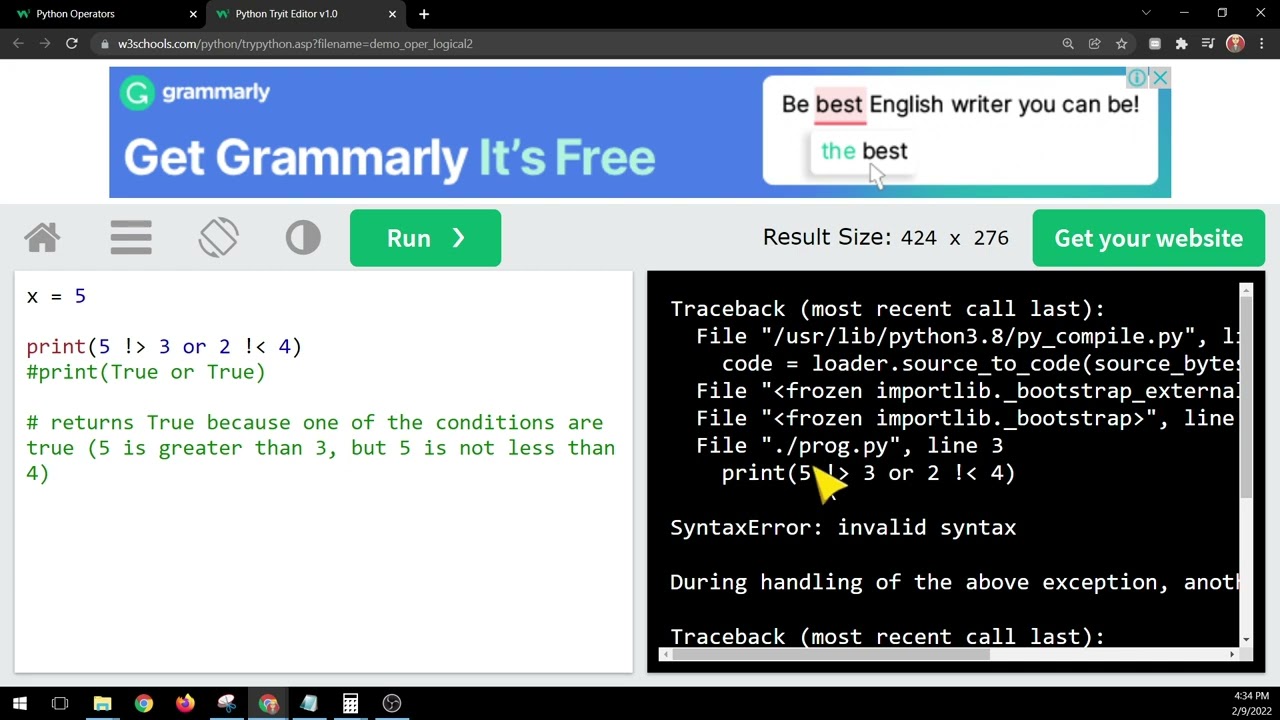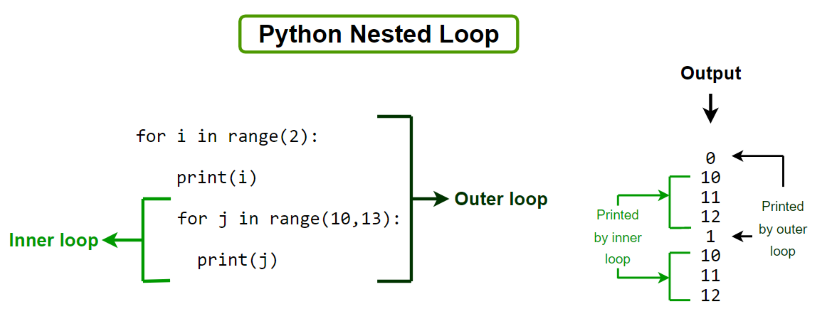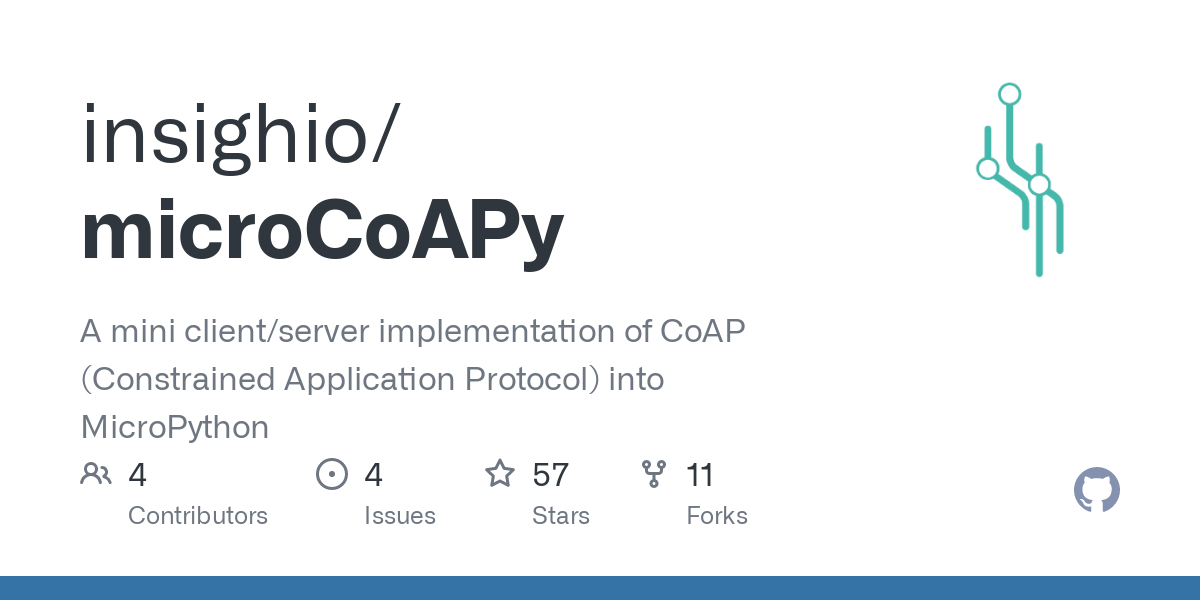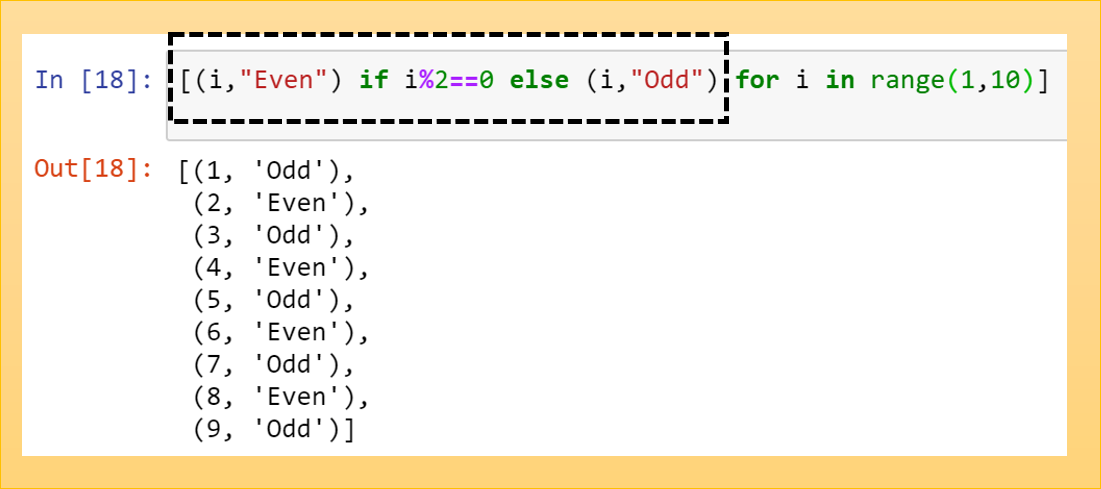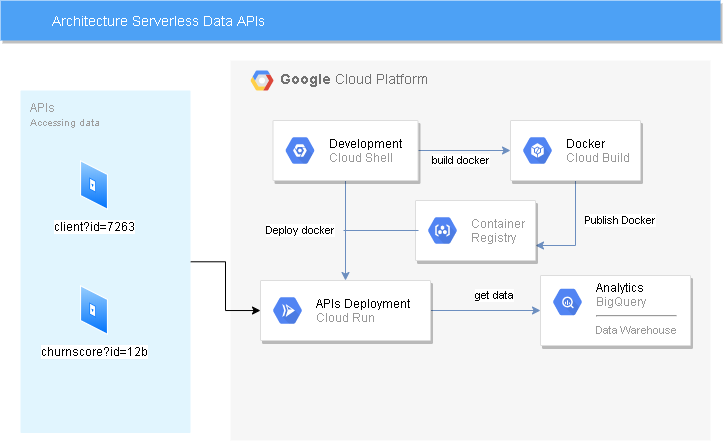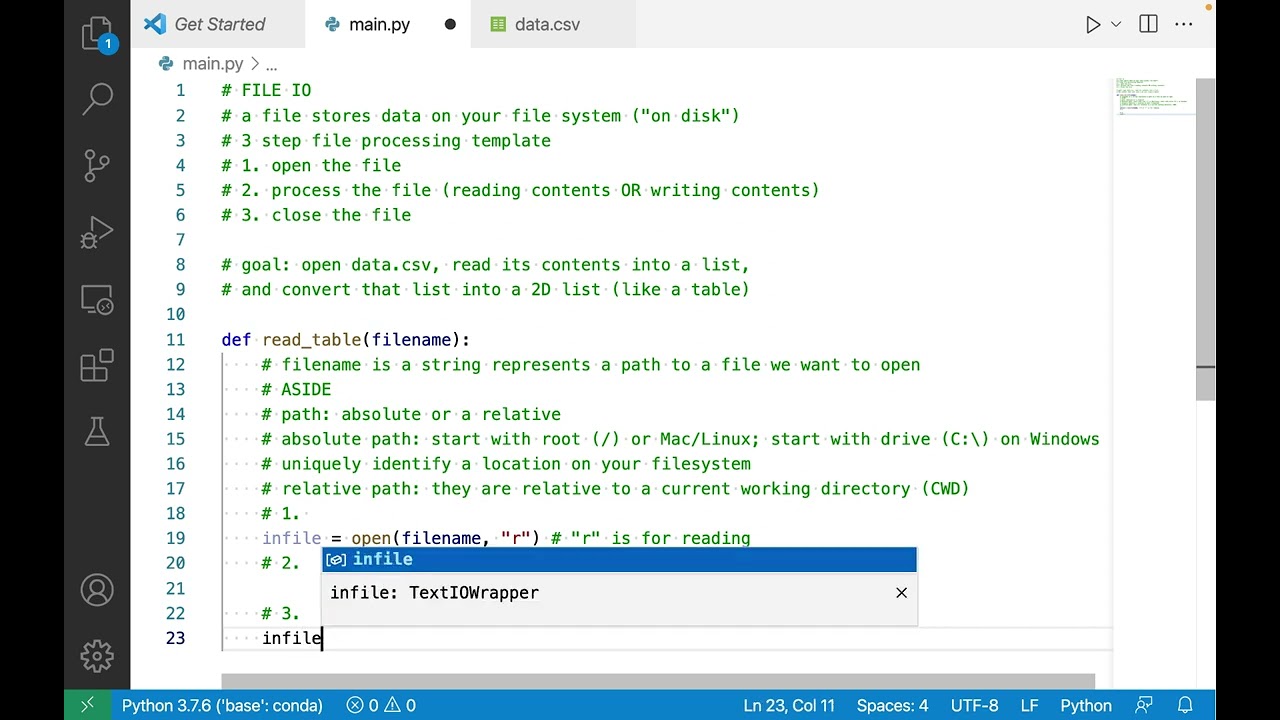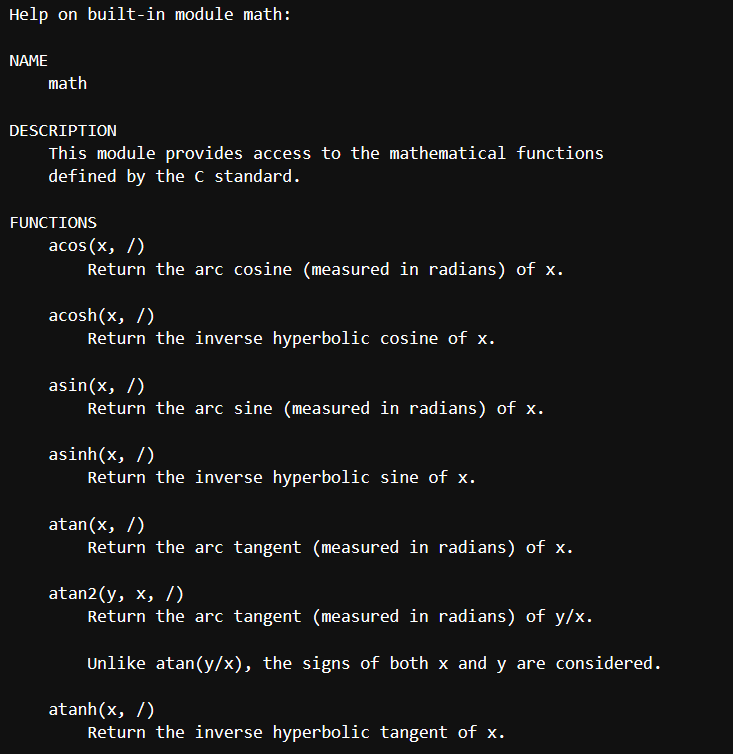Python sqlite3 create database
Python sqlite3 create database

I'll respond in English as per your request. Here's a comprehensive guide to creating a SQLite database using Python:
Why SQLite?
SQLite is a lightweight, self-contained SQL database that can be easily embedded into applications. It's an excellent choice for small projects or prototyping ideas. Since it doesn't require a separate server process, it's ideal for desktop applications or mobile apps.
Setting Up Python and SQLite
To get started, you'll need to have Python installed on your system. You can download the latest version from the official Python website: https://www.python.org/downloads/. Once installed, open your Python IDE (Integrated Development Environment) of choice.
Next, install the sqlite3 module using pip:
pip install sqlite3
Creating a Database
Now that you have Python and SQLite set up, let's create our database. We'll use the following code to demonstrate this:
import sqlite3 Connect to an in-memory database (or a file-based one if you prefer)conn = sqlite3.connect(':memory:')
Create a cursor object to execute SQL commandscursor = conn.cursor()
Create a table called "users"cursor.execute('''
CREATE TABLE users (
id INTEGER PRIMARY KEY,
name TEXT NOT NULL,
email TEXT NOT NULL
);
''')
Commit the changes (important!)conn.commit()
Close the connection when we're doneconn.close()
Breaking Down the Code
Let's go through what each part of this code does:
import sqlite3: We import the sqlite3 module, which provides an interface to SQLite databases in Python. conn = sqlite3.connect(':memory:'): We connect to a new database using the connect() method. In this case, we're creating an in-memory database by passing ':memory:' as the filename. You can replace this with a file path if you'd like your database to be saved on disk. cursor = conn.cursor(): We create a cursor object using the cursor() method. The cursor is used to execute SQL commands and retrieve results. cursor.execute('CREATE TABLE users ...'): We use the execute() method to execute a SQL command that creates a new table called "users" with three columns: id, name, and email. The SQL syntax follows standard SQLite conventions, so you can refer to the official SQLite documentation for more information. conn.commit(): After creating the table, we commit the changes using the commit() method. This ensures that all changes are persisted in the database. conn.close(): Finally, we close the connection to the database using the close() method.
Conclusion
In this tutorial, you learned how to create a SQLite database in Python using the sqlite3 module. We covered connecting to an in-memory or file-based database, creating a table using SQL syntax, and committing changes. With these basic steps, you can start building small-scale databases for your projects.
Python sqlite3 w3schools
Here is a response in English:
The combination of Python and SQLite provides a powerful tool for building database-driven applications. In this tutorial, we will use the sqlite3 module from the Python standard library to interact with a SQLite database.
First, let's start by creating a new SQLite database using the following code:
import sqlite3 Create a new database or connect to an existing oneconnection = sqlite3.connect('test.db')
print("Opened database successfully")
This code imports the sqlite3 module and creates a connection to a SQLite database called test.db. If this is your first time working with SQLite, you might want to create a new database rather than connecting to an existing one.
Next, we will create a table in our SQLite database. Here's how to do it:
# Create a cursor objectcursor = connection.cursor()
Create tablecursor.execute("""CREATE TABLE IF NOT EXISTS users (
id INTEGER PRIMARY KEY,
name TEXT,
email TEXT UNIQUE)
""")
print("Table created successfully")
This code creates a new table called users with three columns: id, name, and email. The IF NOT EXISTS clause ensures that the table is only created if it doesn't already exist. The UNIQUE constraint means that each email address must be unique within the database.
Now, let's insert some data into our SQLite database:
# Insert a rowcursor.execute("INSERT INTO users VALUES (1, 'John Doe', '[email protected]')")
print("Record created successfully")
This code inserts a new record into our users table with an ID of 1, a name of "John Doe", and an email address of "[email protected]".
Next, let's fetch the data from our SQLite database:
# Fetch all rowscursor.execute("SELECT * FROM users")
rows = cursor.fetchall()
print("Rows:")
for row in rows:
print(row)
This code selects all rows from our users table and prints them out.
Finally, let's update our SQLite database:
# Update a rowcursor.execute("UPDATE users SET name='Jane Doe' WHERE id=1")
print("Record updated successfully")
This code updates the name of the user with an ID of 1 to "Jane Doe".
Let's also delete from our SQLite database:
# Delete a rowcursor.execute("DELETE FROM users WHERE id=1")
print("Record deleted successfully")
This code deletes the user with an ID of 1 from our users table.
Now, let's close our SQLite connection and finish up:
# Close the cursorcursor.close()
Close the connectionconnection.close()
This code closes our cursor and database connection to free up system resources.

